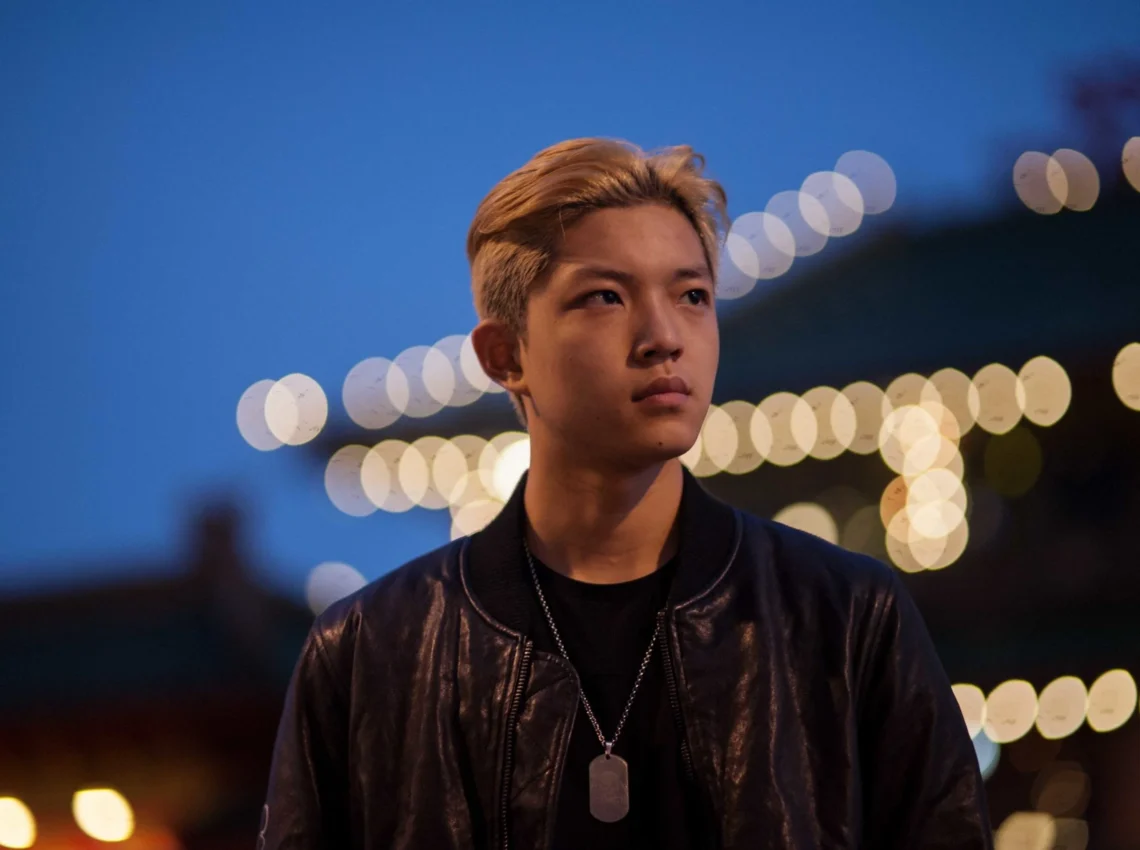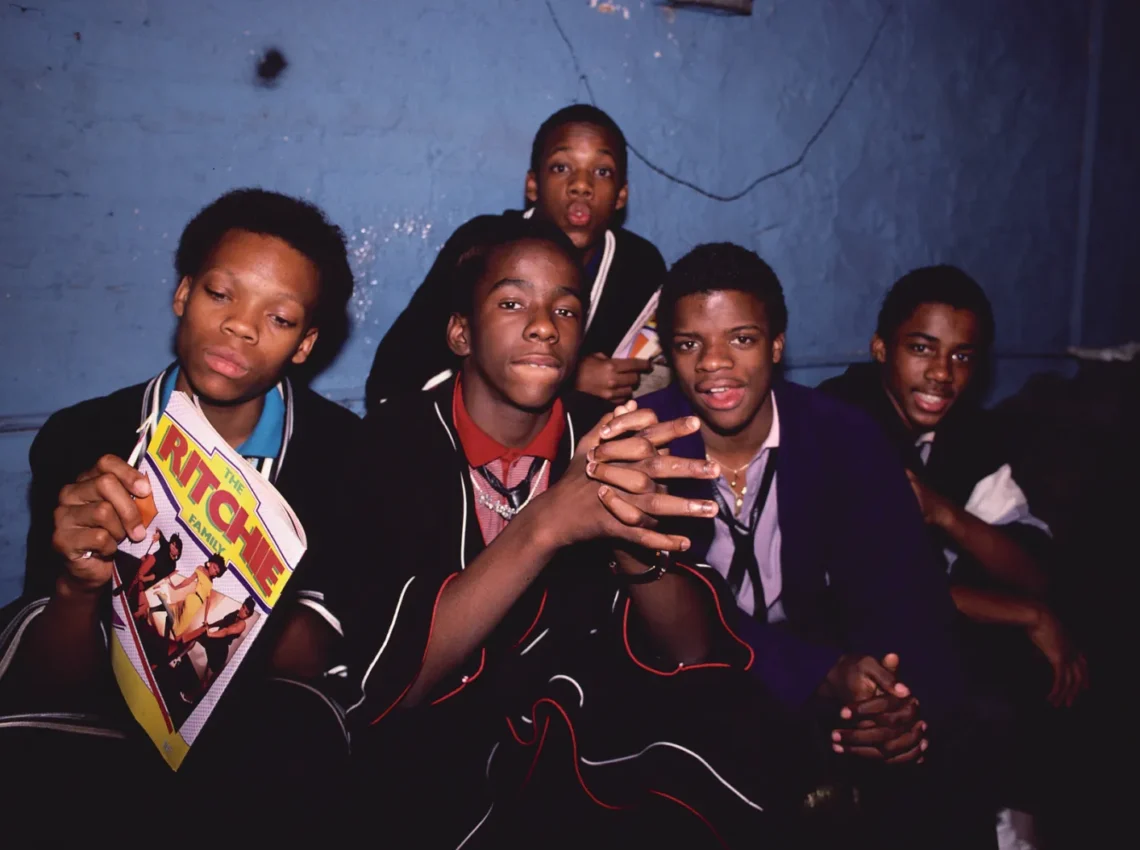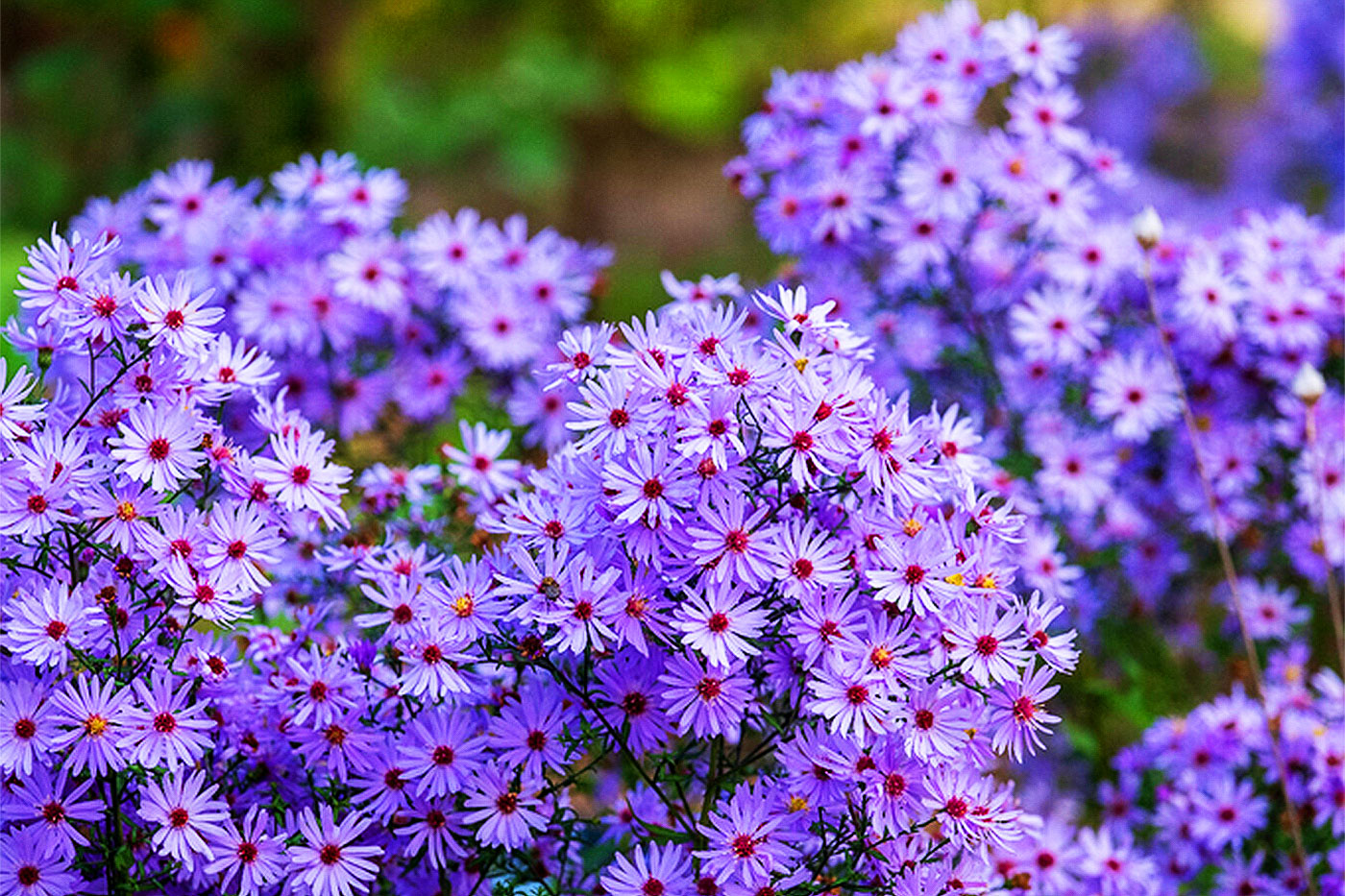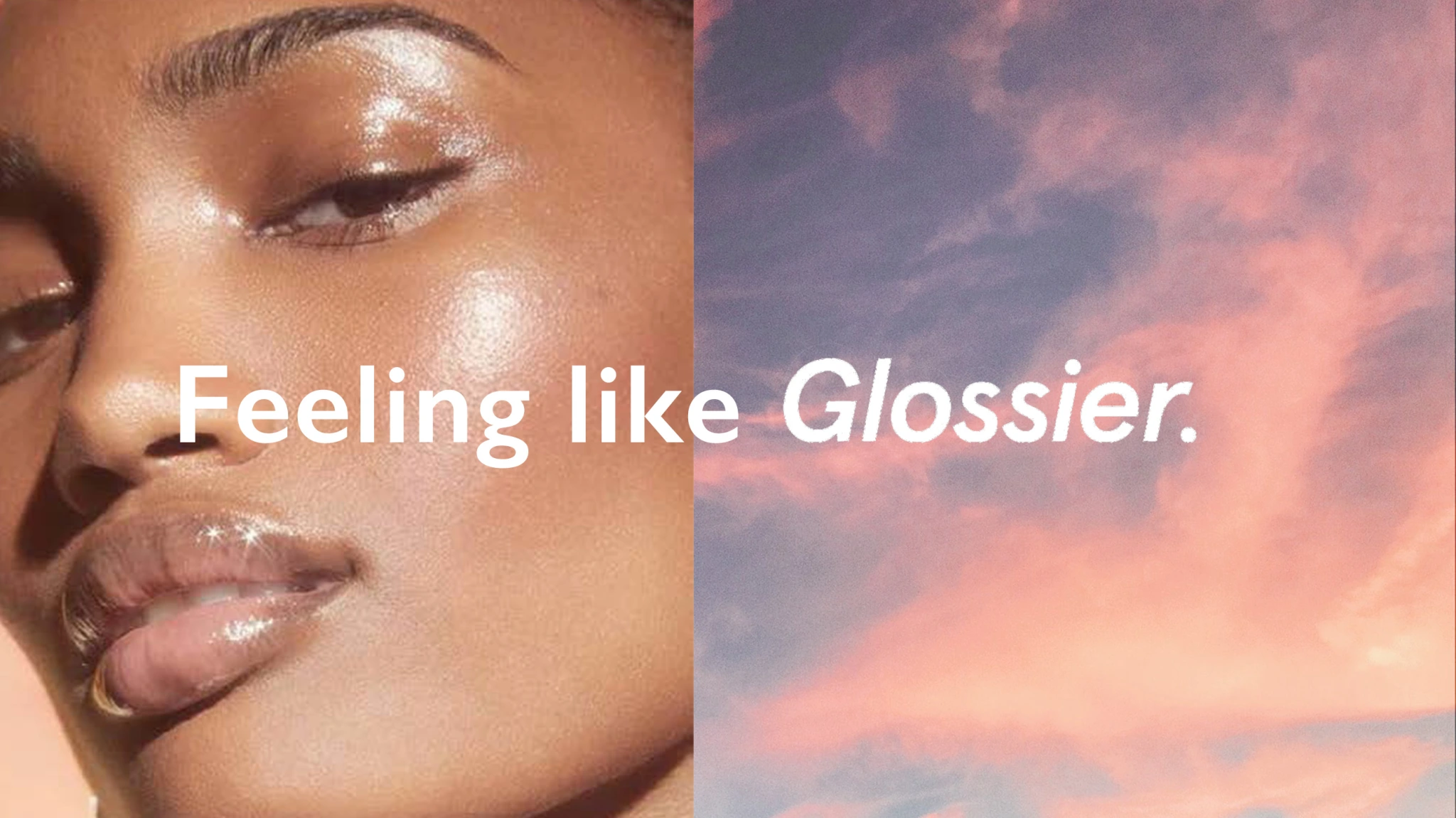Why R&B Hurts So Good: The Science Behind Sad Songs and the Brain
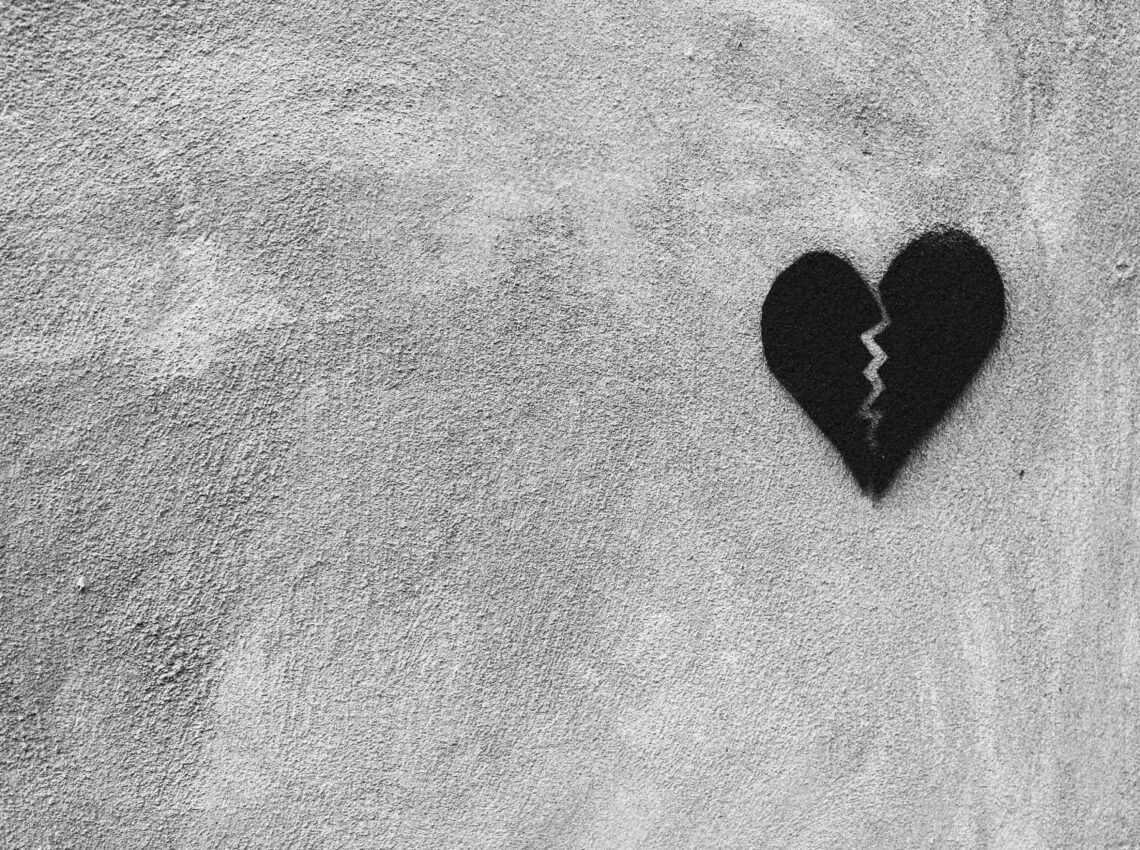
It usually starts with a bassline. Slow, syrupy. Then the keys come in like raindrops on a windshield. And just as you brace yourself, a voice breaks through the static: wounded, raw, velvet. It doesn’t matter whether it’s Coco Jones, Brent Faiyaz, Mary J., or Summer Walker. The effect is the same: your chest tightens. The lump rises in your throat. And somehow, it feels good.
Why?
Why do we press play on heartbreak? Why, in the age of TikTok distractions, are millions still queuing up SZA‘s Snooze or Daniel Caesar‘s Always when they know it’s going to split them wide open? It turns out, R&B isn’t just a vibe. It’s a neurological experience. And for all the mood boards, Tumblr gifs, and 808s in the world, there are deep, empirical reasons why soul music cuts to the bone and why we keep coming back for more.
The Neuroscience of Sadness and Sound
At the root of it all is dopamine. When we listen to music we love, our brains release dopamine in the striatum, the same region that lights up during sex, food, or winning money. But with sad music, there’s another chemical at play: prolactin.
Dr. David Huron, a cognitive musicologist at Ohio State, explains it this way: prolactin is the same hormone your body releases when you cry. It soothes. It comforts. And the crazy part? You don’t even have to actually be sad to get the effect. If the music can simulate heartbreak convincingly enough, your brain will flood you with prolactin anyway, giving you emotional relief without the real-life devastation.
This helps explain why we don’t just tolerate sad R&B, we crave it.
When Heartbreak Becomes High Art
There’s a reason the best R&B records don’t come from perfect people. They come from artists who’ve been through it, over and over and over again. Jazmine Sullivan, Frank Ocean, Toni Braxton, Donell Jones. They don’t sing at you. They testify. It’s confessional. Cathartic.
In 2012, Adele’s 21 sold 31 million copies worldwide. That same year, Usher’s Climax made listeners question their entire relationships. In 2022, Summer Walker’s Still Over It shattered streaming records without a major radio hit. Her formula? Pain. It’s not a gimmick. It’s math. Sad songs trigger a cognitive empathy loop. Your brain responds as if you experienced the heartbreak, even if the lyrics aren’t your exact story. You’re borrowing someone else’s wounds to understand your own.
And that, oddly enough, helps you heal.
The Mirror Effect: Why We Feel Seen
R&B is unique in that it doesn’t just talk about pain, it sits in it. It lets it breathe. There’s an intimacy to that. In a world obsessed with moving on, R&B says, “No. Sit your ass down and feel this.” For listeners, this creates what psychologists call the mirror neuron effect. When someone sings about longing, and you’re also longing, your brain fires off as if you’re harmonizing with their pain. It’s why Bryson Tiller makes you text your ex. Why Giveon makes you stare out the window like you’re in a music video. You’re not just hearing the song. You’re inside it. And if you’re grieving a breakup, or a friend, or even your own lost self? R&B becomes church.
The Cultural Roots of Romantic Pain
Sadness in R&B isn’t accidental. It’s historical. Black music has always been the echo of what couldn’t be said in polite company. The blues was heartbreak sung through molasses and moans. Motown polished it with gospel hope. And then came the ’90s, where Mary J. Blige lit a cigarette, curled her lip, and asked why no one was real anymore.
R&B doesn’t just explore romance, it excavates it. And for Black listeners especially, it provides a place to mourn safely. Because in a society that pathologizes Black pain, R&B is one of the few places where you can wail, whisper, or wonder aloud about what love took from you. It’s therapy with a beat.
Sad Music, Happy Brain
Here’s the kicker, studies show that listening to sad music improves your mood. Dr. Liila Taruffi, who studied 722 people across 32 countries, found that sad music helped listeners regulate their emotions. It made them feel more connected, more creative, and more in control. When you put on Cleo Sol, you’re not wallowing. You’re processing.
When you loop Maxwell’s This Woman’s Work, you’re not being melodramatic. You’re letting grief do its job. Sad R&B doesn’t break you. It builds you back better.
The Future of Feeling
R&B is evolving. We’re in the age of digital confessionals, of lo-fi heartache and viral vulnerability. Artists like Brent Faiyaz, Nao, Victoria Monét, Lucky Daye and Alex Isley are engineering new ways to grieve on wax. But the mission stays the same: make you feel seen. Make you feel something. And maybe, if the song hits just right, make you feel whole again. In a culture that tells us to grind through our emotions, to monetize our healing, and to self-care our way into emotional numbness, R&B whispers something softer: Take your time. Sit in the dark. Let it play.
Because the truth is, we don’t just listen to R&B. We survive it.





